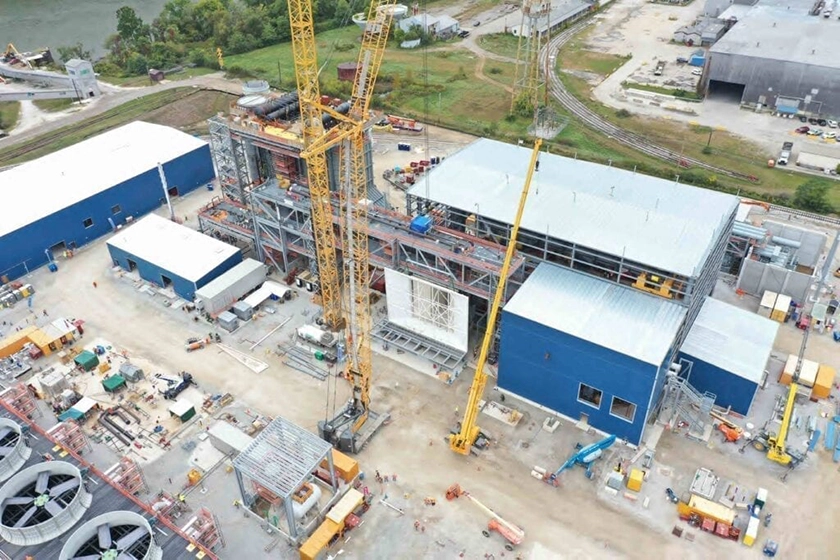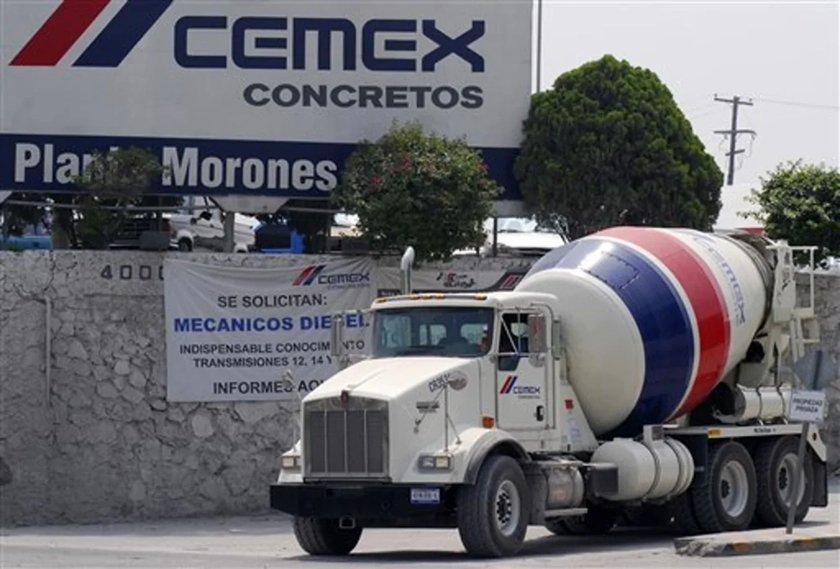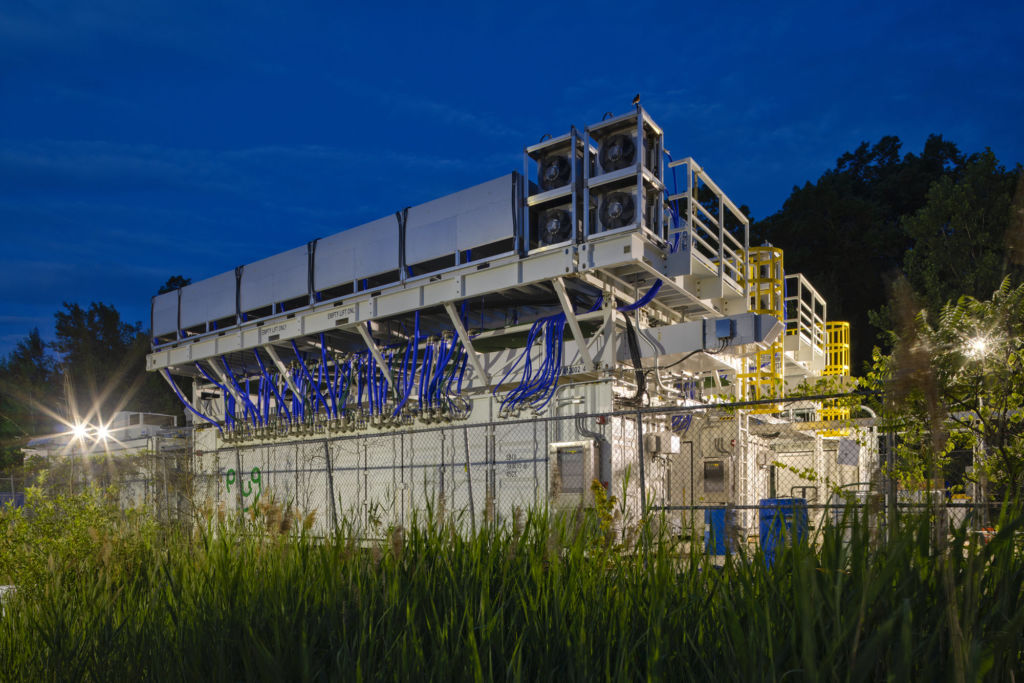Green Hydrogen Applications: Eight Ways Forward Toward Sustainability
At the recent United Nations global climate summit hosted by the United Arab Emirates, the world’s nations made a historic commitment to “transition away” from fossil fuels. Deploying green hydrogen — particularly in hard-to-decarbonize use cases — will play a crucial role in achieving that vision. Of course, hydrogen is only one element of the climate solution.
Other green sources such as solar and wind will play integral parts in decarbonizing the planet. Hydrogen is unique among these green energy sources in that it can decarbonize the hard-to-decarbonize, bringing power to industries that have heretofore been dependent on fossil fuels and for which wind and solar can’t effectively do the job.
Oil Production, Petrochemical Refining and Ammonia Production
Three important applications where green hydrogen can reduce harmful emissions are oil production, petrochemical refining and ammonia production, all extremely carbon intensive processes.
The refining sector plays a key role in producing products containing plastic, which while important to curtail in the mid- and long-term for both climate and ecological purposes, will continue to play a sizable role in modern life for decades.
The sector also produces liquid oil. While oil production is beginning to be deprecated, it currently constitutes 4% of all global emissions. But a complete phaseout will not happen overnight and green hydrogen can play a role in making it less greenhouse gas intensive during the phasedown era.
The consultancy Wood Mackenzie has concluded that scaling up green hydrogen as a refinery feedstock could reduce refinery carbon emissions by 25% by 2050. Researchers from the Institute of Electrical and Electronics Engineers (IEEE) have further stated that by 2030, the market for green hydrogen within the oil and gas sector could be worth $18.2 billion and $17.5 billion within the petrochemicals sector. What’s more, refineries using green hydrogen within the United States are eligible for 45V green hydrogen tax incentive credits created via the Inflation Reduction Act.
But how exactly has this potential been realized thus far?
BP’s Cherry Point refinery is now considering producing green hydrogen “as a way to help lower [its] carbon footprint of [the company’s] manufacturing process.” Outside of the US, the Indian Oil Corporation has also stated intentions to develop two green hydrogen projects at refineries in northern India in the near-future and to convert all its refineries to green hydrogen producers by 2047. In China, the country’s state-owned companies are building out multiple facilities producing solar and wind energy that will be used as a feedstock for green hydrogen at some of its largest refineries.
Hydrogen has also come to petrochemical production. ExxonMobil, for example, has announced plans to both use and produce low-carbon hydrogen at its Baytown refinery in Texas. This would reduce emissions by 30%, helping the company achieve its net zero emissions by 2050 goals.
Ammonia is an essential input for nitrogen fertilizers used in food production. Globally, 70% of ammonia is used as fertilizer for bedrock staple crops such as wheat and corn. In the US, that figure jumps to 90%. But ammonia production is greenhouse gas intensive. Green hydrogen, though, can lessen its emissions footprint. The opportunity for ammonia produced via green hydrogen, sometimes called green ammonia, is also immense.

IEEE researchers have concluded that by 2030, the ammonia market for green hydrogen could have a $3.8 billion valuation. Currently, more than 43% of hydrogen consumption happens within the fertilizer industry, but there is still room to grow.
Natural Gas Power Plants
Green hydrogen can also serve as a key tool for greening the production of natural gas within power plants while also lowering its carbon intensity.
Due to the Inflation Reduction Act, green hydrogen as a gas power plant feedstock can also generate financial incentives for power plant operators. The consultancy ICF International says that this could make it cheaper than the incumbent natural gas currently used to power combined-cycle gas turbines that power homes and businesses by 2030.

Industry leader GE already has more than 120 such gas turbines intaking hydrogen. The company has a stated goal of running its global power plants 100% on hydrogen by 2030. GE, alongside electric utility company Duke Energy, are additionally working to power a natural gas peaking power plant entirely with green hydrogen. That project is slated to begin in 2024.
Green Hydrogen in Heavy Industry
Green hydrogen can also play perhaps its most crucial role in decarbonizing heavy industrial processes where there are few good energy alternatives. These sectors include steelmaking, glassmaking, concrete production, and the manufacture of semiconductors and other electronics. Heavy industry currently accounts for about 25% of global carbon emissions, according to the International Energy Agency (IEA).

Glassmakers are now deploying green hydrogen as a heat source within the European Union’s H2Glass project (a four-year project with a €33 million, or USD $36.4M, budget), a government-funded program currently overseeing five distinct trials in which hydrogen energy is employed to create glass. H2Glass aims to segue from natural gas as the energy input to green hydrogen, aiming to lower carbon emissions by 80%.
Concrete production is badly in need of decarbonization. As it stands, concrete production yields a gargantuan 9% of all global carbon emissions. Not only that, but the industry has also increased its emissions progressively higher every year for the past half century. Simply put, green hydrogen could serve as an antidote for this highly polluting industry.
“[T]he development of supportive hydrogen policies is necessary for countries and society to meet their CO2 reduction ambitions,” the Global Cement and Concrete Association wrote in its “2050 Cement and Concrete Industry Roadmap for Net Zero Concrete” 2021 report. “However, in developing the necessary policies and infrastructure it is vital that production and use of hydrogen is prioritized for uses where there are few if any alternatives such as in industry.”
This is happening: industry leaders are already putting hydrogen into their cement-making mixes.

A case in point is CEMEX, one of the leading global producers of cement, which as of 2021 uses hydrogen within its fuel mix for all its cement production occurring in Europe. The company announced at the time that “[I]t is also moving quickly to extend this technology to the rest of its operations around the world, including Mexico, the USA, South and Central America and the Caribbean, Africa, and Asia.”
Semiconductors and electronics are ubiquitous in our modern world. While they garner less attention than fossil fuel production and consumption, they take immense amounts of energy to create. A 2020 paper by researchers from Harvard, Facebook, and Arizona State University projects that by 2030 information and computing technology could use between seven and 20% of global electricity demand, resultantly driving up greenhouse gas emissions.
Steelmaking emits 7% of the world’s greenhouse gasses. Currently, the production process requires vast amounts of coal as a feedstock, as well as fossil fuel-based energy to run the machines making that possible. The emissions add up quickly.
Financial services sector leader Morgan Stanley wrote in May 2023 that “As companies determine the best way forward [on decarbonizing steel production], a key consideration will be the availability of hydrogen to replace coal in the production process.” Morgan Stanley’s financial services industry peer ING also echoed Morgan Stanley in writing that it sees “Hydrogen [as something that] provides the possibility to completely redesign the process of steelmaking.”
The Swedish company H2 Green Steel has also announced intentions to build a new green steel plant in Sweden dependent on green hydrogen that will open for business by 2025 and by 2030 produce five million tons per year of green steel dependent on green hydrogen.
Green Hydrogen for Energy Storage and Production
Green hydrogen is a highly effective source of stored energy, while also having the ability to convert into fuels like methane — the chemical compound known to most as natural gas.
One of the top selling points of hydrogen, as compared to batteries (a relatively short-duration energy storage technology), is its ability to store energy for weeks or even months at a time. Climate change-caused extreme weather events can knock out the grid, leaving communities and essential businesses without electricity, but hydrogen fuel cells can be deployed as backup power during emergency moments such as hurricanes.

On the production side, green hydrogen can be synthetically converted into other fuel types, such as methane. This process is known as the Sabatier reaction. This is crucial because methane is a greenhouse gas over 80 times more potent than CO2 during its first 20 years in the atmosphere. Also known as carbon methanation and more broadly as a power-to-fuel or power-to-hydrogen method, Sabatier produces methane and water by mixing hydrogen with carbon dioxide at temperatures ranging from 300–400°C.
An article published in September 2023 by the International Journal of Hydrogen Energy explains the key use case rationales for methanation as an alternative to wind, solar, and battery power.
“The electrification approach…has limitations for some applications such as aviation, heavy load vehicles and marine transport; as electrification can hardly be implemented due to their high energy needed and the low volumetric energy densities of batteries,” the article states. “This has resulted in the emergence of…power-to-fuel.”
Green Hydrogen as a Transportation Fuel
Hydrogen can propel mobility. Fuel cell vehicles intake hydrogen at fueling stations much in the same way conventional combustion vehicles do for gasoline or diesel.

At the end of 2022, IEA data demonstrates that 72,193 fuel cell vehicles were on the roads across the world, with 41% in South Korea and 21% in the United States.
One key area where fuel cells can play a big role is long-haul trucking. The sector creates 7% of U.S. greenhouse gas emissions, as well as about a quarter of transportation emissions.
In that sector, companies like Nikola Motors and Anheuser-Busch have put major financial resources into fueling their fleet with hydrogen. So too has auto manufacturer Hyundai, via its XCIENT model. Global auto manufacturers Daimler, IVECO, and Volvo have all also shown support for scaling hydrogen heavy haulers, teaming up as members of the H2Accelerate coalition within the European Union. Ford and GM have also marshaled resources into scaling up their presences in the space.
There are economic reasons for this shift to hydrogen. It is faster to refuel heavy-duty hydrogen vehicles than to recharge battery-powered trucks, crucial in an industry where time quite literally means money.
“An electric long-haul truck takes thirty minutes to charge to only 70 percent capacity even with megawatt charging,” the Atlantic Council explained in a May 2023 article. “In comparison, hydrogen re-fueling can be done quickly. Refueling a hydrogen truck takes ten minutes.”
Further, the weight of batteries in a heavy-duty truck aspiring to get 600 miles in range “would weigh more than 18 tons, significantly more than the cargo that many trucks carry” at 16 to 20 tons, InTransition Magazine reported in November 2023. Failure to deliver the goods, once again, means money lost.
Green hydrogen also has a role to play both by air and sea.
In recent years, Germany, Canada, Namibia, and Spain, China, Italy, the United States, and Japan have all hopped aboard the hydrogen train. Colloquially, these hydrogen fuel cell trains are also known as hydrail.
“Trains are ideal candidates to be powered by hydrogen, because they are big enough to accommodate the equipment and fuel its use requires,” PricewaterhouseCoopers wrote in a November 2023 article. “Fueling trains with hydrogen holds the potential to fully decarbonize this vital mode of transporting people and goods, including heavy-duty long-haul.” This applies to both heavy and light rail.
Trams (also known as streetcars or monorails) fueled by hydrogen fuel cells are also proliferating globally.
In Egypt, Hyundai has agreed to build light rail hydrogen trams in Cairo, Egypt. In China, China South Rail Corporation subsidiary Safang has also opened a hydrogen-fueled tram for which Hydrogen Fuel News reported “refueling takes three minutes and provides the trams with a range of about 100 KM.
Meanwhile, in South Korea, Hyundai has a tram planned that can travel 150 KM on a single charge.
Passenger buses are now, too, increasingly powered by hydrogen. In 2021, Plug signed a partnership with BAE Systems to supply zero-emissions powertrains to heavy-duty transit bus equipment manufacturers. There are 6,460 fuel cell buses globally, with 84% of them in China, according to IEA data. Buses consist of 9% of the total fuel cell vehicles currently on the global market, the IEA further details.
Hydrogen Fuel Cells in Material Handling, Maritime Shipping
Another place increasingly using fuel cells intaking green hydrogen is in warehouses for material handling equipment. And no source of mobility is more symbolic of the warehouse than the forklift, a staple of how these workplaces transport goods.
While Plug currently has over 60,000 such green hydrogen-powered forklifts in geographically diverse warehouses, serving as an industry leader, fuel cell forklifts have undergone increased demand in recent years. In 2018, for example, there were only 20,000 such devices in warehouses.
Once goods leave the warehouse, in a globalized age, they often end up on ships crisscrossing the world. And maritime shipping, unfortunately, consists of 25% of global transportation sector emissions as of 2021. How can green hydrogen make an impact?
A March 2021 Global Maritime Forum study examining 106 zero emissions maritime projects worldwide “found that nearly half of these initiatives focused on hydrogen as a low-carbon fuel source,” the Center for Strategic & International Studies (CSIS) explained in an April 2021 article.
“A key advantage of hydrogen over other fuel alternatives is the relative ease of retrofitting existing ships with hydrogen fuel cells,” CSIS further elucidated. “Hydrogen fuel could replace 43% of voyages between the United States and China without any changes, and 99% of voyages with minor changes to fuel capacity or operations.”
A 2021 article published in the journal Current Opinion in Chemical Engineering further concluded that “Green [liquid hydrogen] is among the few promising options to meet the [International Maritime Organization’s] goals of reducing carbon emissions by at least 40% by 2030 and by 70% by 2050 relative to the 2008 emissions.”
Hydrogen is also an option for aviation. Companies such as American Airlines, Airbus, ZeroAvia, United Airlines, Rolls-Royce and easyJet have all stated intentions to scale fuel cell-powered planes. In 2022, aviation comprised 2% of total global greenhouse gas emissions.
Green Hydrogen Greens the Future
Green hydrogen applications are diverse and geographically far-flung. Both governments and the private sector that it can help achieve sustainability goals, shaping public policy and high-level business decisions to get there
To learn more about how Plug can help you achieve your green hydrogen goals, please contact us.
The post Green Hydrogen Applications: Eight Ways Forward Toward Sustainability appeared first on Plug Power.